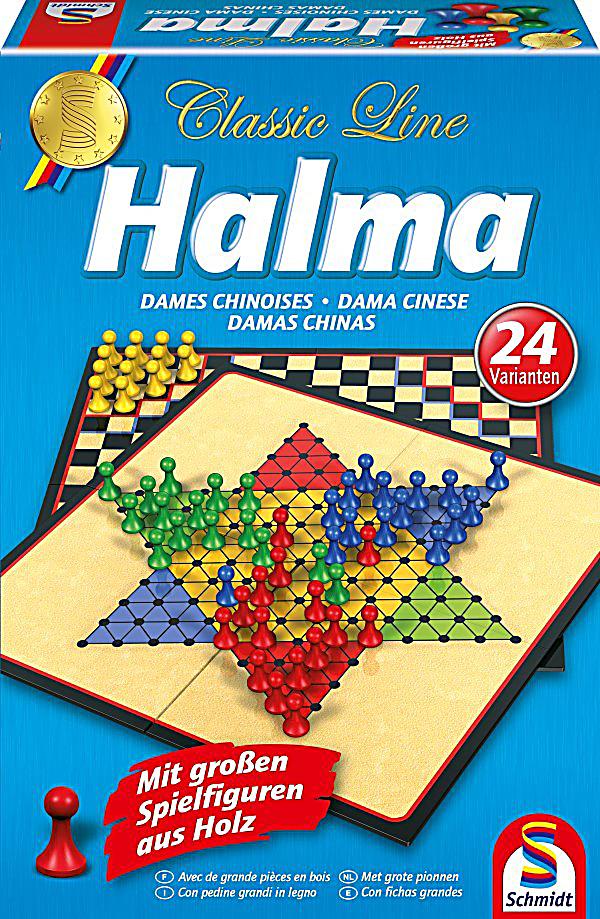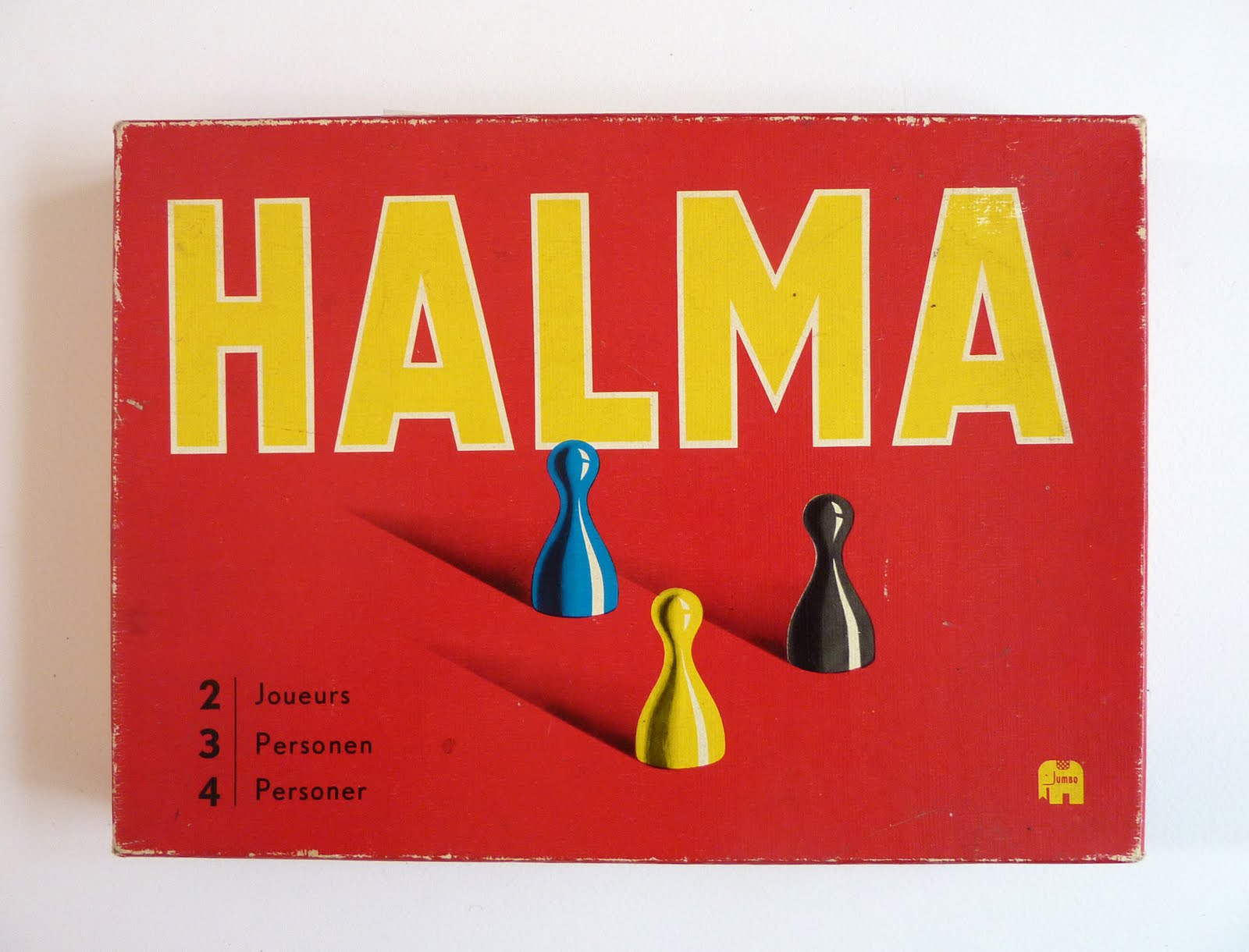

If you are not at the crossing, the agent should move towards the goal direction.

Javafx halma game how to#
Įven though different episodes may have different mazes, which hence afford different moves, once you understand those concepts, you know how to reconstruct mazes from the panels. The central challenge in conceptual generalization is: If there is a complete structure (also called pattern or regularity in abstract algebra (Grenander, 1993) ) underlying the all possible instantiation of relations, how well can an agent perform in unseen scenarios after limited exposure to some instantiations? In plain English, it means the agent needs to understand what defines the abstract concepts such as add (+) and less than (<). While perceptual generalization closely interweaves with vision and control, conceptual generalization resides completely in cognition. Since these tests may involve operations (+) over the action space and transitive reasoning over the relations (<), we coin tests to measure such capability affordance tests (AfT) and analogy tests (AnT). We dub such a generalization conceptual generalization. These relations are abstract because they are not perceivable through vision, and each of them is defined between a set of pairs rather than a specific pair. Such a generalization requires a conceptual understanding of those abstract operations and relations. Apparently, generalizing to unseen configurations like this is not challenging for humans, since most of us have become capable at the early age of school. You would have to do some preliminary mathematical reasoning to come up with their relations. After telling you 3<4, 4<5, 3<5, 6<7, 7<8, your teacher might quiz you with 6 ? 8. After telling you 4 = 2 + 2, your teacher might quiz you with 4 ? 2. But what if you have not learned these concepts yet? Imagine you were back to your preschool age, when you have not learned the formal concepts of natural numbers and arithmetics. Since you already know these concepts, you can simply retrieve your memory to bypass reasoning. You probably have learned from our explanation for the first episode that the concepts of natural numbers and their arithmetics are important to understand the game of HALMA: between the two digits with the same colors, the lesser one is the distance to a crossing the larger one is the distance to a wall the number of units to move in an option is the sum of all its constituting actions, which is also the difference between the digits for wall distance in the current frame and the next frame. Learning an object-oriented representation of independent generative factors without supervision is thus believed to be a crucial precursor for the development of humanlike artificial intelligence. In his seminal book, Vision, Marr (1982) describes the process of vision as constructing a set of representations, parsing visual sensory data into descriptions. Perceptual generalization characterizes agents’ capability to represent unseen perceptual signals. And we coin tests to measure such capability semantic tests (ST). We dub such a generalization perceptual generalization. It is quite remarkable that you, as a human, can generalize what you perceived previously to this new episode.

Apart from these, there are also indications of those geometric symbols in the bottom right corner of the panels, which only appear when you stop at a crossing. So the correct interpretation of the panel in Fig.

There are four other colors - indigo, blue, white, purple - indicating left, up, right, down directions respectively for the goal. 10, there is a red and a red : The smaller number,, indicates that the nearest crossing at the left direction is 3 units away, and the larger one,, indicates that the wall in the left direction is 5 units away. There are four colors - red, orange, yellow, and green - indicating left, up, right, down directions respectively for walls and crossings. 10: How the visual panels are generated and what do those symbols mean. To get practical, and let's build a small application that allows searching through a list of people.Fig.


 0 kommentar(er)
0 kommentar(er)
